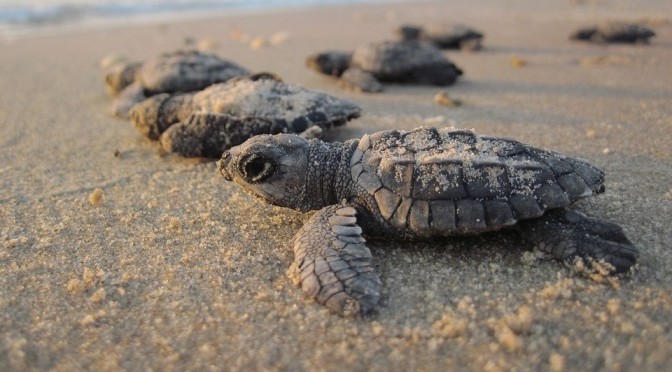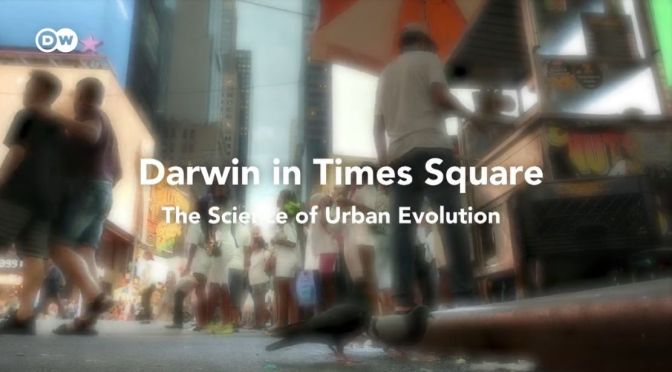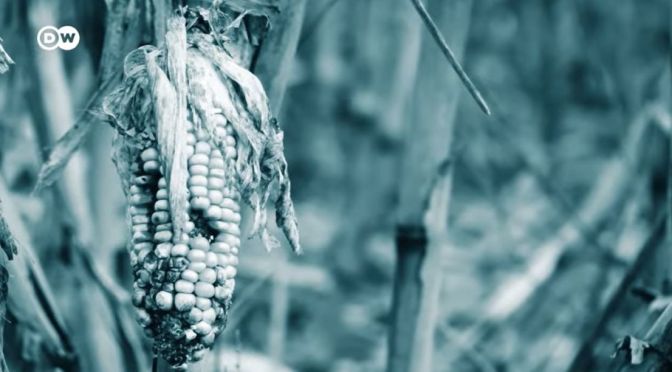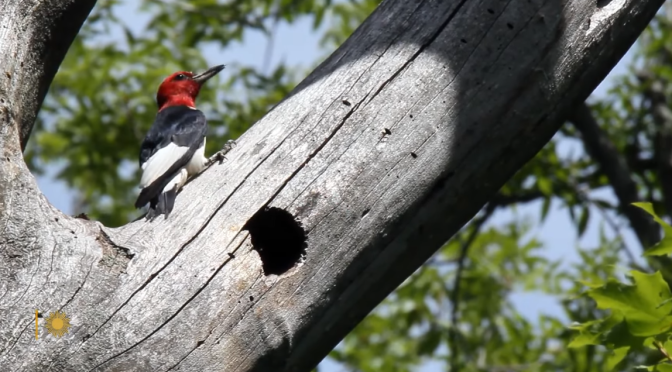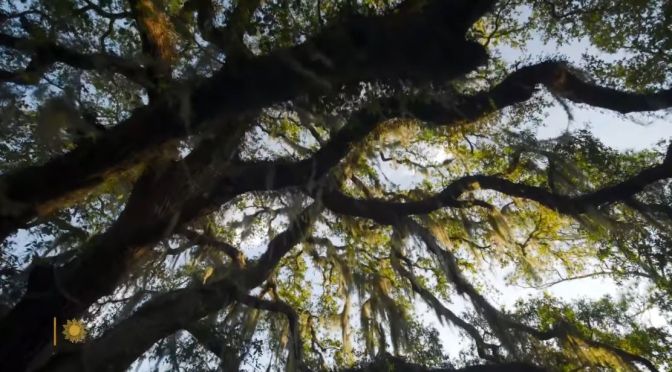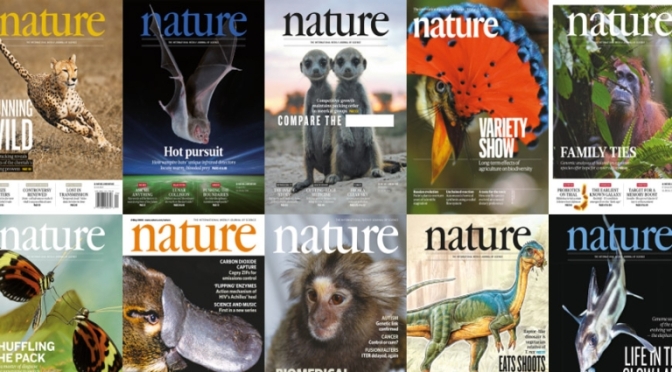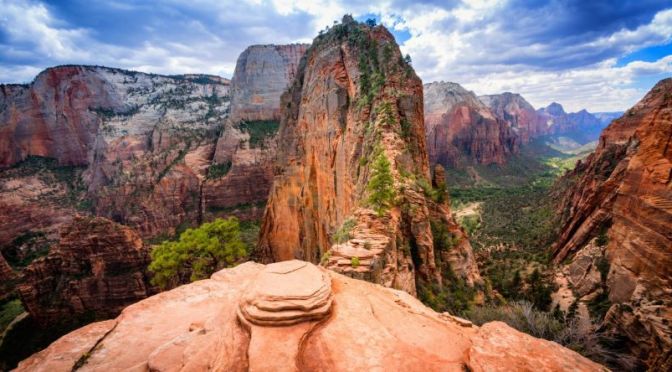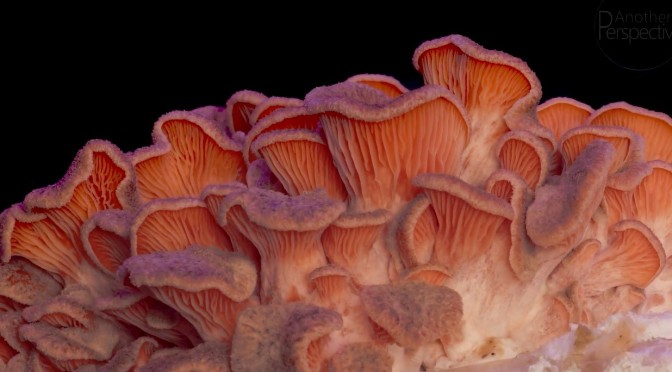On the beaches of the Great Barrier Reef, the first turtle hatchlings emerge from their shells and make a run for the ocean. Almost immediately, aerial and aquatic predators appear, hoping for an easy meal.
— Smithsonian Channel (@SmithsonianChan) August 20, 2022
🎥David Attenborough's Great Barrier Reef pic.twitter.com/jciI1E3wsa
Tag Archives: Nature
Evolution: How Nature Is Adapting To Urban Sprawl
It’s a new and surprising chapter in the theory of evolution. According to recent studies, it’s in our cities, of all places, that animals and plants adapt particularly quickly to changing living conditions.
Nature’s response to the spread of cities is astonishing: Why do catfish in the river of a French city systematically prey on urban pigeons on the banks? Why do female birds on a university campus in California suddenly change their mating behavior? How do mice in New York’s Central Park cope with an altered diet of human food waste? How have killifish in the Atlantic built up resistance to deadly chemical waste?
And, is it possible for moths to adapt to nighttime light pollution? New research provides surprising new insights into Darwin’s theory of evolution. Nowhere else do animals and plants adapt so quickly to new living conditions as in cities. Biologists have long known that animals and plants occupy new habitats in the vicinity of humans.
But now, new genetic analyses show that these adaptations are accompanied by significant changes in DNA. Even more surprising: these evolutionary changes have not occurred over periods of millennia, but within just a few decades. The process has amazed scientists, who watch as nature transforms even our most hostile man-made interventions — pollution, light pollution, noise, garbage and dense development — into creative energy for new adaptations. Some researchers believe that our cities may soon develop their own, brand-new life forms. What are the implications of these developments for the balance between humans and nature on our planet?
Droughts: Competing With Nature For Water
Climate change is causing rising temperatures, extreme weather events and more and more drought. And, in this changing reality, everyone needs more water. Humans are competing with the natural world for water. What does this mean for biodiversity? Fewer and fewer countries still have an abundance of water. The climate crisis, overpopulation and overexploitation are the root of this global problem. And, in a warming world, everyone is using more water: people, agriculture and industry. In Germany, streams and ponds are disappearing, forests and soils are drying out. What does this mean for biodiversity? And how do people cope with drought in countries that have even less water — for example, in the USA or Mexico? What happens when our water dries up?
Nature Views: Red-Headed Woodpeckers In New York
“Sunday Morning” takes us this week among some red-headed woodpeckers at Knox Farm State Park in western New York. Videographer: Carl Mrozek.
Nature Views: Live Oaks On Jekyll Island, Georgia
“Sunday Morning” takes us to the stately live oaks of Jekyll Island, Georgia. Videographer: Alex Goetz.
Jekyll Island is located off the coast of the U.S. state of Georgia, in Glynn County. It is one of the Sea Islands and one of the Golden Isles of Georgia barrier islands. The island is owned by the State of Georgia and run by a self-sustaining, self-governing body.
Science Previews: Nature Magazine – July 28, 2022
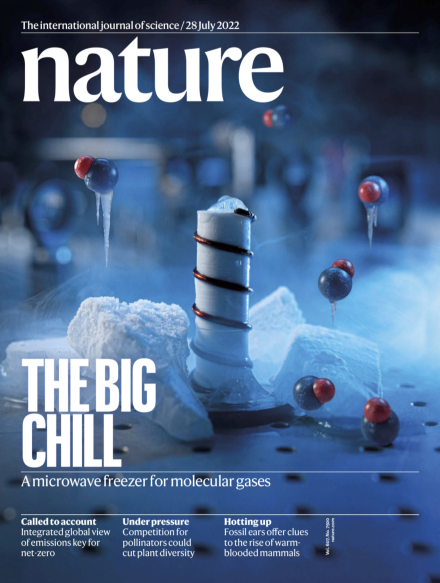
- Carbon dating hampered by rising fossil-fuel emissions – Archaeologists will increasingly have to rely on other techniques as emissions continue to alter the composition of carbon isotopes in air.
- Nicola Jones News 27 Jul 2022 = How humans’ ability to digest milk evolved from famine and diseaseLandmark study is the first major effort to quantify how lactose tolerance developed.
- Ewen Callaway News 27 Jul 2022 – Dual action of ketamine confines addiction liabilityExperiments in mice show that although ketamine has positive reinforcement properties, which are driven by its action on the dopamine system, it does not induce the synaptic plasticity that is typically observed with addiction.
- Linda D. Simmler
- Yue Li
- Christian LüscherArticle 27 Jul 2022
Nature: Zion National Park, Southwest Utah
“Sunday Morning” takes us to Zion National Park in Utah. Videographer: Brad Markel.
Zion National Park is a southwest Utah nature preserve distinguished by Zion Canyon’s steep red cliffs. Zion Canyon Scenic Drive cuts through its main section, leading to forest trails along the Virgin River. The river flows to the Emerald Pools, which have waterfalls and a hanging garden. Also along the river, partly through deep chasms, is Zion Narrows wading hike.
The World In Timelapse: ‘Pink Oyster Mushrooms’
Time Lapse in Macro | Growing Pink Oyster Mushrooms with Laowa 60mm 2X Macro Lens.
Pleurotus djamor, commonly known as the pink oyster mushroom, is a species of fungus in the family Pleurotaceae. It was originally named Agaricus djamor by the German-born botanist Georg Eberhard Rumphius and sanctioned under that name by Elias Magnus Fries in 1821.
Book Reviews: ‘Anthill’ By E.O. Wilson & ‘An Immense World’ By Ed Yong (NPR)
Today’s episode features two books that reach deep into the animal world. First, E.O. Wilson sits down with Robert Seigel to discuss how the narrative of war is used in his story featuring ants, called Anthill.

Then writer Ed Yong talks with Ayesha Roscoe about trying to show the experience of life through a different perspective – animals – in An Immense World.
Cover Preview: Nature Magazine – July 21, 2022
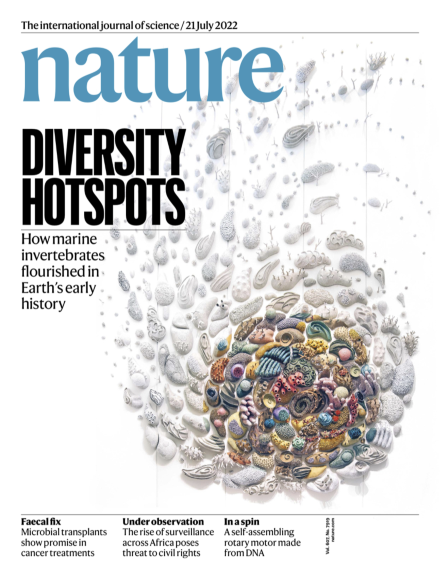
The cover shows an artistic impression of marine life in Indonesia’s coral reefs. The question of whether there are limits to biodiversity in the seas is typically addressed by examining the fossil record. In this week’s issue, Pedro Cermeño and his colleagues present a model that combines the fossil record with plate tectonics and Earth’s environmental conditions to offer insight into regional diversification of marine invertebrates. The researchers used the model to examine how biodiversity recovered after mass extinctions during the Phanerozoic eon, covering
some 500 million years of Earth’s history. They found that throughout the Phanerozoic, less than 2% of area of the globe covered by water showed signs of diversity levels reaching saturation. The team also note that as Pangaea broke up into continents, the stability of Earth’s environmental conditions allowed the development of diversity hotspots that helped to drive an increase in biodiversity in the late Mesozoic and Cenozoic eras.

